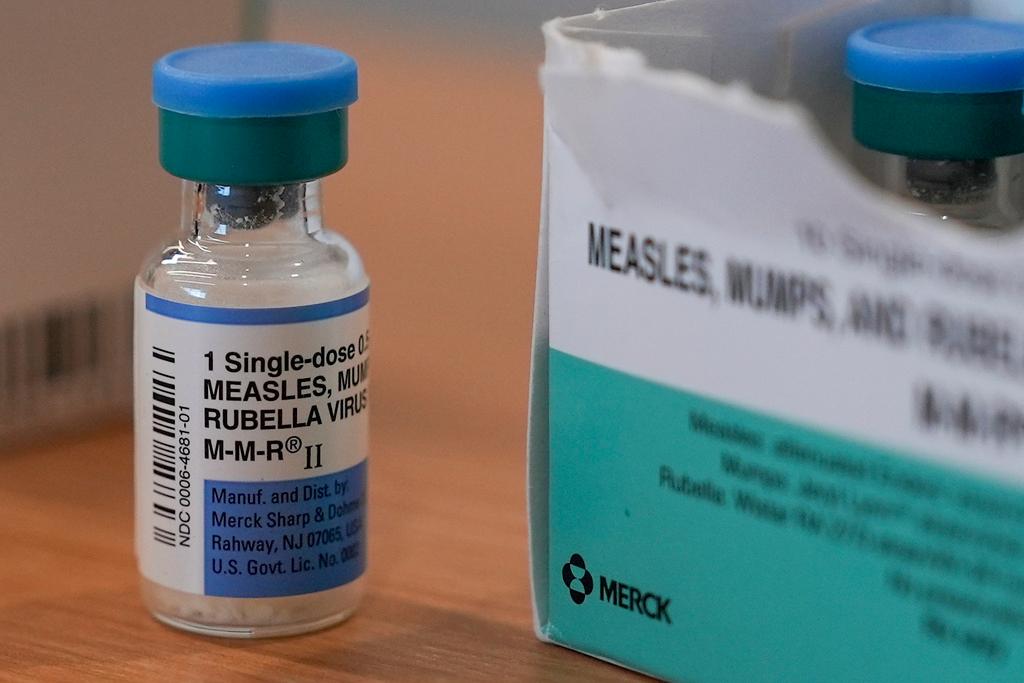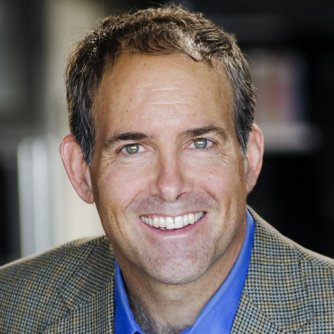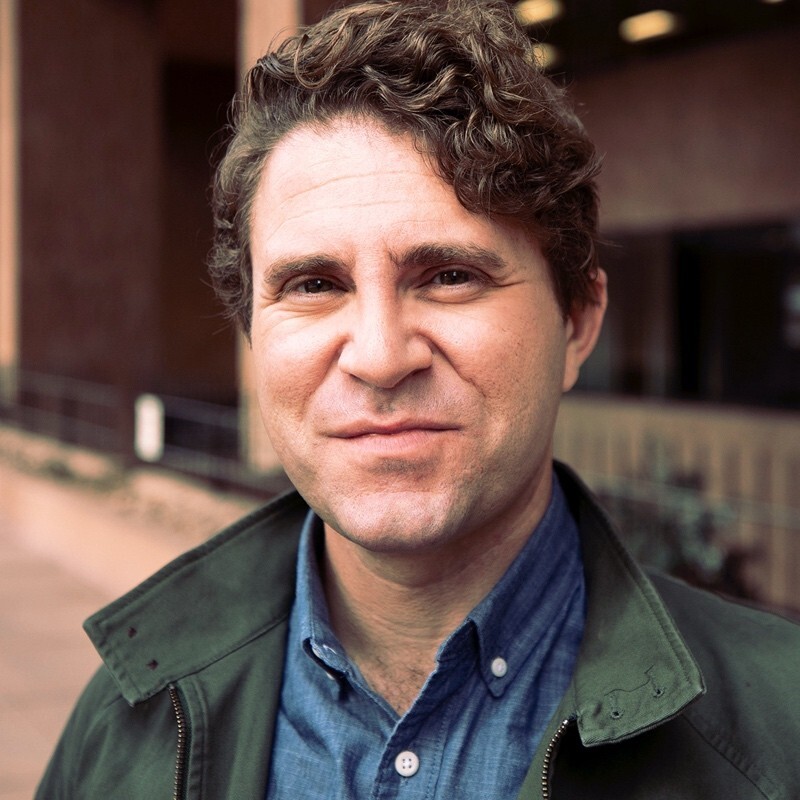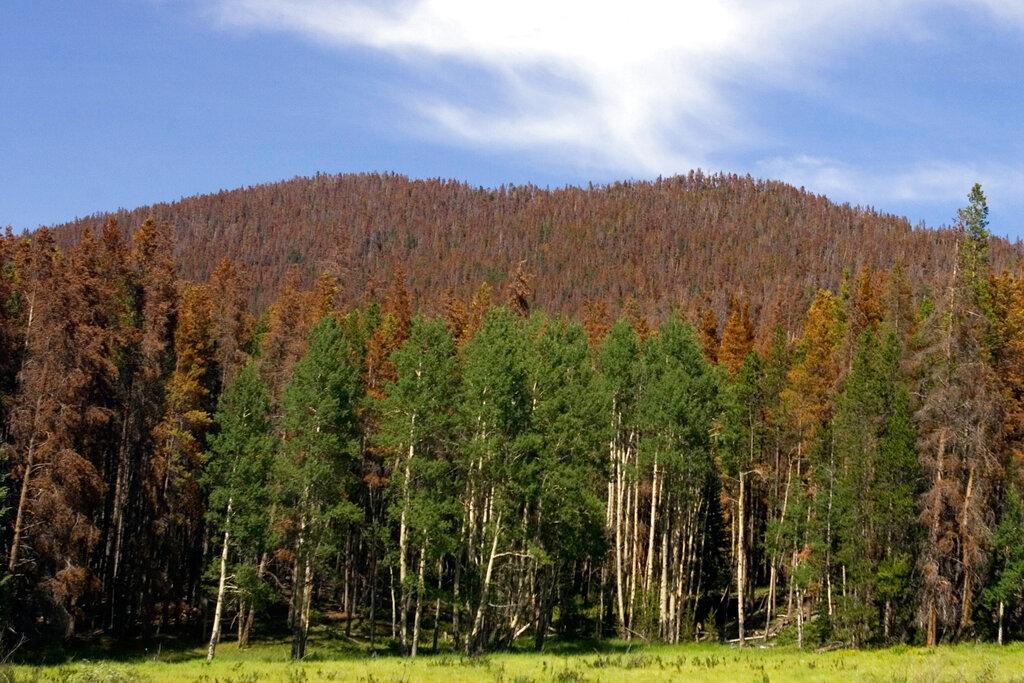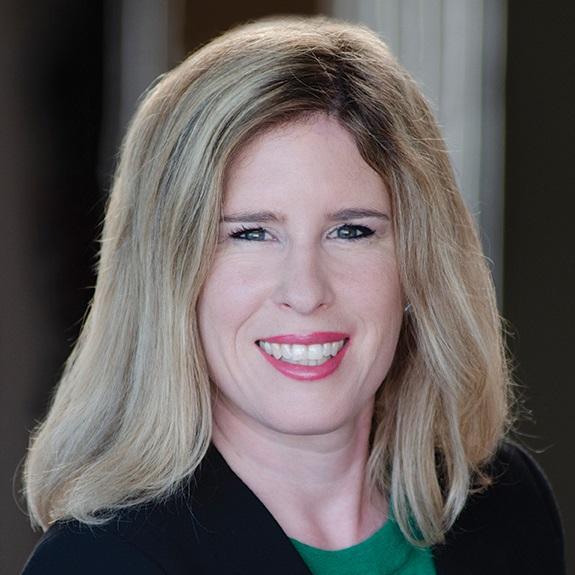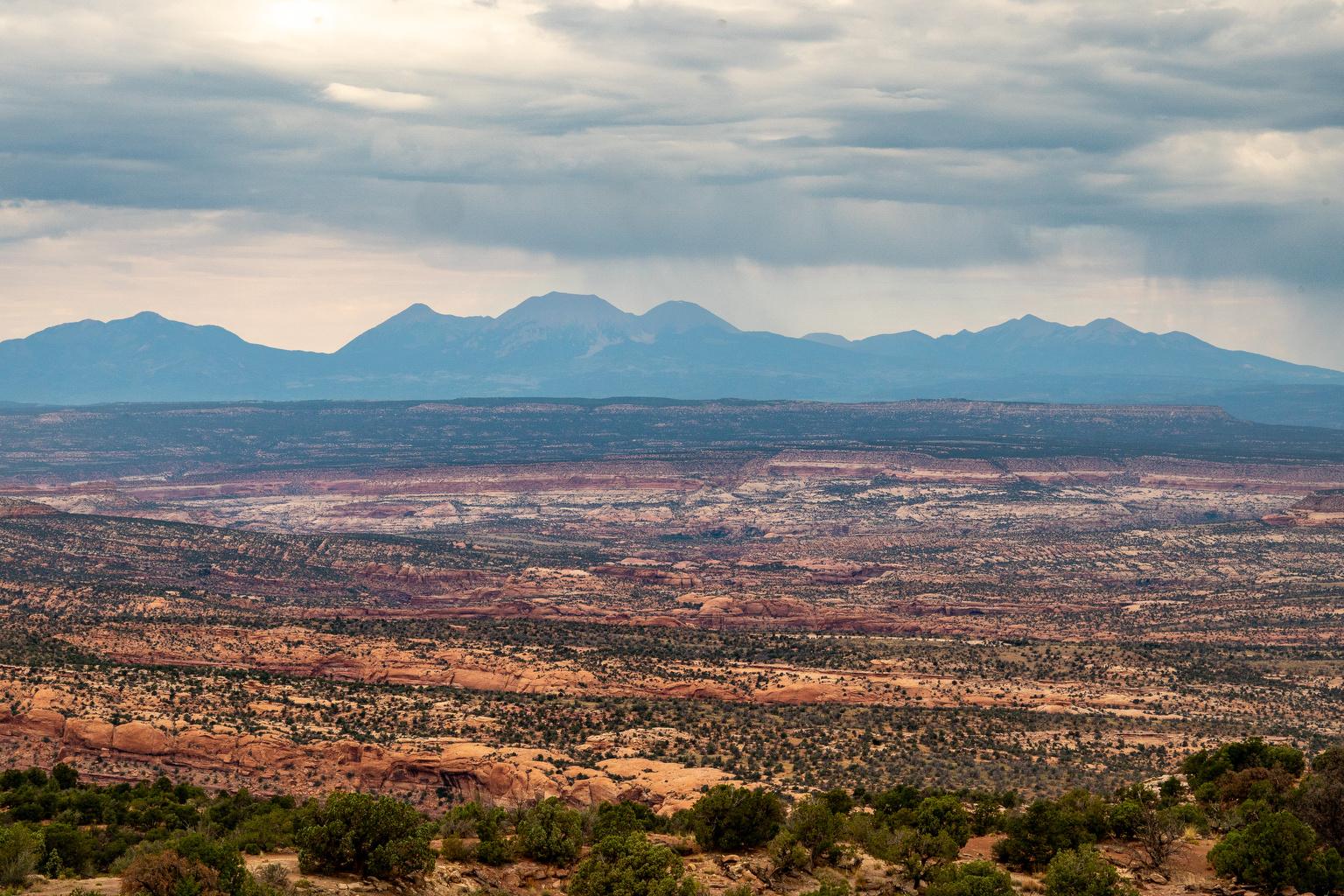
President Donald Trump wants to move federal agencies out of Washington, DC, to cities where the cost of living is cheaper and closer to the everyday people affected by the government agency.
If this story sounds familiar to Coloradans, that’s because it is. In his first term, Trump moved the Bureau of Land Management, the agency that oversees nearly 50 million acres of public land, to Grand Junction, which shocked many — even Robin Brown, who helped make the move happen.
As the head of the Grand Junction Economic Partnership, she helped promote the longshot idea, first proposed by then-US Sen. Cory Gardner. By 2018, all of Colorado’s congressional delegation and the governor — Republicans and Democrats — vocally supported the move.
Gardner even partnered with fellow senator Michael Bennet to make a fun promotional video.
Still, “I don't think anyone thought realistically little ol’ Grand Junction would get the BLM headquarters,” Brown said.
The desert city is nearly 2,000 miles from DC, but it’s right next to the Colorado River, towering red-rock cliffs, and oil and gas operations, all on public land run by the BLM.

For decades, populists in Western states have complained that decisions about what can and can’t be done with that land are made in faraway Washington. That seemed unchangeable until 2019, when BLM moving west became Grand Junction’s Cinderella story.
Trump told the agency to pick up and move its headquarters to the city of fewer than 70,000 people.
“It was so exciting and it was sort of this dream come true, and everything we had worked so hard for came to fruition,” Brown said.
City leaders imagined the multitude of high-paying jobs and clout that would come with this move. This, supporters thought, would put Grand Junction on the map.
It also made sense for the agency, thought William Perry Pendley, a lawyer, author and conservative activist who Trump appointed to run the BLM in 2019.
“You want that director of the Bureau of Land Management to be out here, because he or she will have firsthand knowledge of what's going on,” he said, sitting on a bench on Grand Junction’s pleasant Main Street, lined by trees and sculptures.
Dozens of former BLM officials disagreed, however, and signed a letter protesting the move. They insisted the agency needs leaders in DC to advocate for public lands in front of lawmakers and the president.
Others saw an ulterior motive: to get longtime agency employees in Washington to quit, to either make the agency smaller, or to replace them with people more ideologically aligned with President Trump.
Pendley insisted moving the agency west simply brought in fresh blood.
“And I asked every one of the final applicants, I said, ‘If this job were advertised in Washington, DC, would you have bid on it?’ And every one of them said no,” he said.
Of the hundreds of jobs relocated out of Washington, only three employees asked to move to Grand Junction ever actually did. Shortly after the new headquarters opened, the pandemic mostly shut down in-person work.
Scott Braden, who had a meeting at the shiny new headquarters at the time, remembers “rows and rows of empty cubicles inside.”
Braden is the founder of the Colorado Wildlands Project, which works to protect wilderness areas on BLM land. To him and other stakeholders, the move didn’t seem to really get off the ground. And beyond a mention on the popular HBO satire “The White Lotus,” Grand Junction never saw the recognition supporters had hoped.
Not long after Braden visited the BLM, President Biden moved the headquarters back to DC.
Braden thinks the biggest issue isn’t really where the head office is located, but what is lost in a move: employees, institutional knowledge — and lots of money.
“And people need to assess the impacts that moving the headquarters will have and moving the headquarters multiple times on the agency's ability to fulfill its core mission,” he said.
Its mission is to sustain public lands — and its many uses — for generations to come.
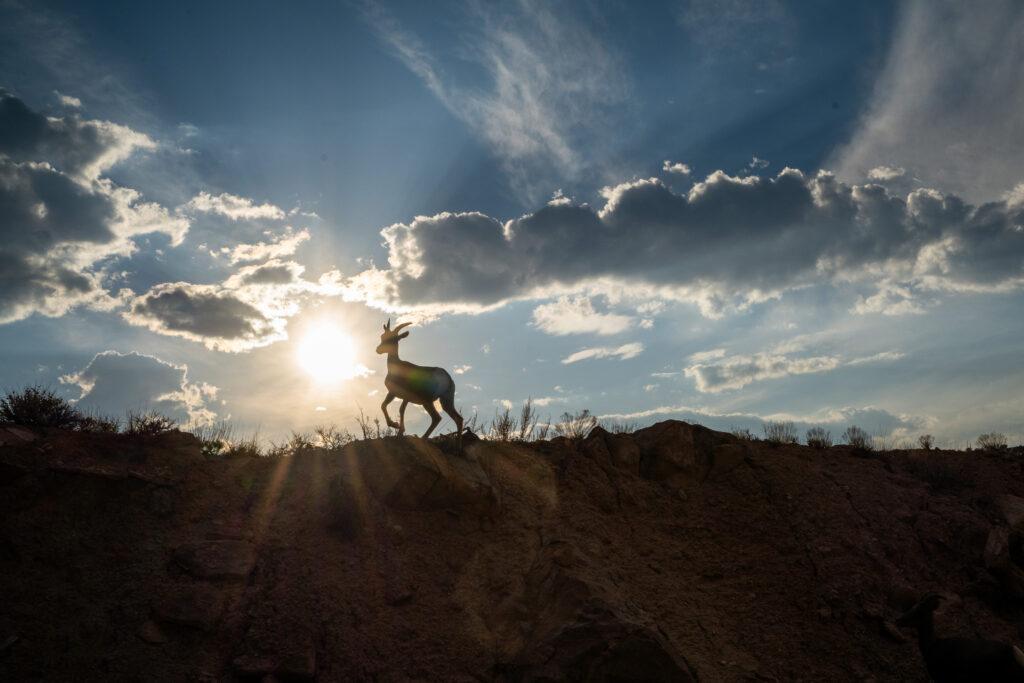
Now, five years after the BLM’s brief stay in Grand Junction, the debate over moving agencies out of Washington is alive again. A conservative Colorado think tank recently pitted Pendley against Mary Jo Rugwell, the BLM’s former state director in Wyoming at a debate at Colorado Mesa University in Grand Junction.
Rugwell echoes the suspicions of a lot of Western liberals, that Trump is trying to break federal land agencies so public lands can be privatized.
“If there aren't enough people, and if communication isn't good, and if things don't work well, it's pretty easy for somebody to say, ‘Ooh, you guys are doing a terrible job. We better do something else with these lands,’” she said.
Earlier this year, Utah and a dozen other states asked the US Supreme Court to give a big chunk of federal land to state governments to manage. It declined.
It was a bad idea, Rugwell maintains.
“If these lands were ever given back to the states, the states absolutely could not afford to manage them, and they would end up being sold to the highest bidder, and that would be a tragedy,” she said.
It would devastate communities like Grand Junction, which Robin Brown used to promote as her job. She still thinks it is the best place for the BLM’s headquarters.
But she’s tired of it being a political pawn.
“So the idea that now we're going to move the BLM headquarters back is just as disappointing as moving it away,” she said.
She’s worried it would, again, only be a temporary move, undone by the next Democrat elected president.
“And then, who’s hurt by all this?” Brown asked. “Our community, all those employees.”
For now, BLM did not respond to our question about whether there are plans to move its headquarters back to Colorado.
- The Bureau of Land Management’s re-relocation plans are becoming clear amid Republicans objections
- BLM Headquarters And Top Officials Will Move Back To Washington, DC
- At The Table Or On The Menu? Critics Of BLM Move To Colorado Say It’s Designed To Weaken The Agency
- The BLM Promised Its Move Out West Was The Best Possible Option. A Watchdog Report Says Otherwise

